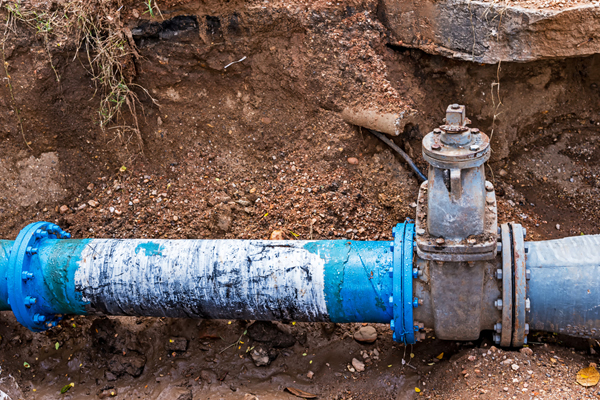The cleaning, disinfection and chlorination of water systems is an integral activity that helps maintain the necessary standards. This is important in domestic and commercial water systems where contamination can result in legionella problems if not treated. Cleaning and chlorination involve the addition of chlorine. Chlorine is a low cost yet extremely efficient and effective disinfectant.
Chlorination of Water Systems
By chlorinating water systems we are able to kill dangerous waterborne pathogens such as Legionella bacteria. Bacteria can contaminate water systems in various ways including developing in the water system outlets, distribution pipework and water storage tanks.
Water Treatment with Chlorine
Water treatment with chlorine has been used to clean and disinfect water systems in the UK for well over one hundred years. Chlorine forms an important disinfection process in a number of standards including BS EN 806-5:2012, BS8558:2011 and BS PD 855468:2015. These British Standards deal with the design, installation, testing, operation, cleaning, disinfection and maintenance of drinking water services inside buildings.
Water contamination
If water is contaminated and bacteria such a legionella is suspected then urgent sampling is required. At Water Hygiene Consultants our in-house engineers arrive on site and take a water sample. This is then sent to the laboratory for analysis. This sample determines whether microbial contamination has occurred.
Legionella risk assessment
When a Legionella risk assessment report recommends chlorination of a water system this should be carried out as soon as possible. This very often includes cleaning and chlorination of the systems, distribution pipework and water tank, however the report will specify the exact requirements.
Chlorination for New water Systems
The procedure for flushing, disinfection and chlorination of water systems originally came under BS 8558 .However they are now included in the 2015 British Standards document PD 855468.
If you would like to discuss a water chlorination please contact us.
Safe Management of Water Systems in Buildings
Safe management of water systems
It is very important that buildings are made safe to use before they reopen. The safe management of water systems is the responsibility of the builder manager or landlord.
If a buildings has been closed or unused then the water system should be recommissioned and a Legionella Control Plan should be followed.
When recommissioning a water system within a building of any kind we recommend following a planned Legionella Control Programme. We specialise in the recommissioning of water systems following building closures.
Who is responsible for the water system within a building?
The building duty holder and/or building manager is responsible for ensuring the water system is safe and compliant.
Contact us today if you need advice on how to ensure the water system you look after is ok for use.
Legionella Risk in Unused Buildings
As the UK recovers from the global pandemic we will see an increase in the need for recommissioning when buildings have been unused, closed or have had reduced capacity.
It is extremely important that as a bear minimum the water system is flushed through at all outlets within the building.
Contact us to discuss your job

